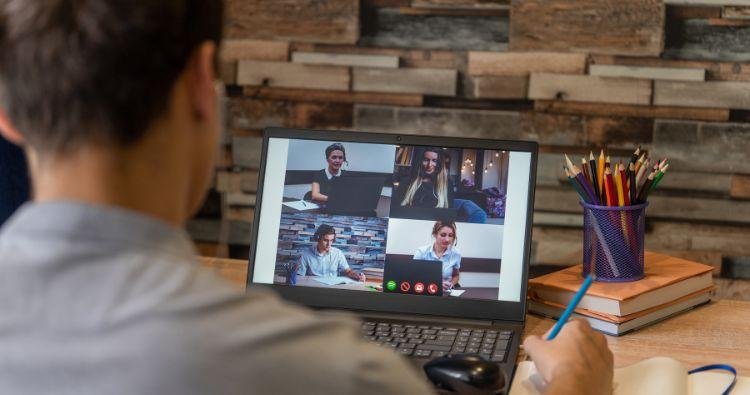Access to Information and Resources
Unlimited Access to Knowledge
The Internet has democratized access to information. Students can now access a wealth of knowledge on virtually any topic, from academic research papers to educational videos, e-books, and interactive tutorials. Platforms like Khan Academy, Coursera, and Google Scholar provide free or affordable educational resources that were once only available to those in well-funded institutions.
Diverse Learning Materials
The variety of available learning materials online caters to different learning styles. Visual learners can benefit from YouTube tutorials and infographics, auditory learners from podcasts and audiobooks, and kinesthetic learners from interactive simulations and educational games.
Online Courses and Learning Platforms
Massive Open Online Courses (MOOCs)
MOOCs have revolutionized education by offering free or low-cost courses from prestigious universities to anyone with an Internet connection. Platforms like Coursera, edX, and Udacity provide courses on a wide range of subjects, often featuring top instructors from institutions like Harvard, MIT, and Stanford.
E-Learning Platforms
Dedicated e-learning platforms offer structured programs and certifications. Sites like LinkedIn Learning, Udemy, and Skillshare provide courses in professional development, creative skills, and technical training, allowing learners to advance their careers or hobbies from the comfort of their homes.
Virtual Classrooms and Distance Learning
Virtual Classrooms
Virtual classrooms enable real-time interaction between students and teachers, mimicking the experience of a traditional classroom. Tools like Zoom, Microsoft Teams, and Google Classroom facilitate live lectures, discussions, and group projects, breaking down geographical barriers.
Distance Learning
Distance learning programs allow students to pursue degrees and certifications without being physically present at an institution. This flexibility is particularly beneficial for working professionals, parents, and those living in remote areas.
Collaboration and Communication
Global Collaboration
The Internet fosters global collaboration among students and educators. Tools like Slack, Trello, and collaborative Google Docs enable students to work together on projects, share ideas, and provide feedback, regardless of their location.
Peer-to-Peer Learning
Online forums and communities, such as Reddit, Stack Exchange, and specialized Facebook groups, provide platforms for peer-to-peer learning. Students can ask questions, share resources, and learn from each other’s experiences.
Personalized Learning
Adaptive Learning Technologies
Adaptive learning technologies use data analytics to tailor educational content to individual students’ needs. Platforms like DreamBox, Knewton, and Smart Sparrow adjust the difficulty of lessons based on a student’s performance, providing a customized learning experience.
Self-Paced Learning
The Internet allows for self-paced learning, enabling students to learn at their own speed. This is particularly beneficial for students who need more time to grasp concepts or those who wish to advance more quickly through a curriculum.
Interactive and Engaging Content
Multimedia Learning
The integration of multimedia content makes learning more engaging and effective. Educational videos, animations, and interactive simulations enhance understanding and retention of complex concepts.
Gamification
Gamification introduces game elements into learning environments to motivate students. Platforms like Duolingo, Kahoot!, and Quizlet make learning fun and interactive, encouraging students to achieve higher levels of engagement.
Teacher Development and Support
Professional Development
The Internet provides numerous opportunities for teachers’ professional development. Online workshops, webinars, and courses help educators stay updated with the latest teaching methods, technologies, and subject matter expertise.
Resource Sharing
Online platforms like Teachers Pay Teachers and educational blogs allow educators to share lesson plans, teaching strategies, and classroom resources, fostering a community of continuous improvement.
Challenges and Considerations
Digital Divide
Despite the many advantages, the digital divide remains a significant challenge. Not all students have equal access to the Internet and digital devices, which can exacerbate educational inequalities.
Quality Control
The vast amount of information available online necessitates careful evaluation of sources. Ensuring that students access credible and high-quality educational content is crucial.
Cybersecurity and Privacy
With increased reliance on online platforms, cybersecurity and privacy concerns are paramount. Educational institutions must implement robust security measures to protect students' data and privacy.




